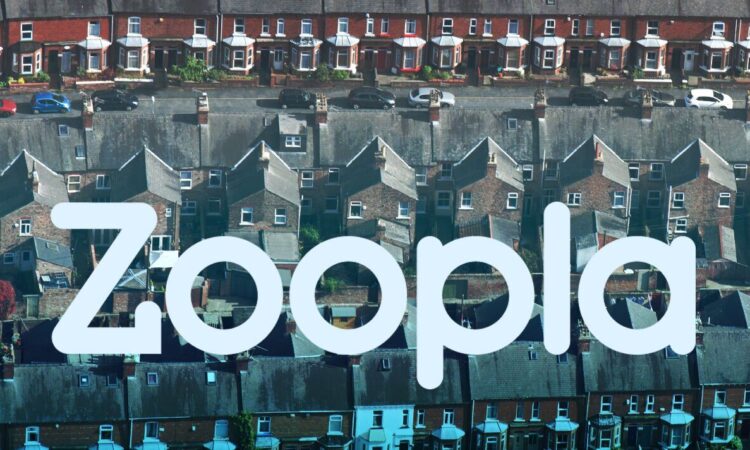
One in 10 homes have had a price reduction of five percent since September 2022, according to the property website Zoopla. After months of record-high price increases, the market is now transitioning into a more well-balanced market albeit with some affordability challenges for buyers more reliant on mortgage finance. Property sales are still being agreed by those who have low-rate mortgage offers and among certain buyers including would-be first-time buyers facing steep rent rises or buyers less reliant on mortgages.
Demand since the mini-Budget has decreased by 44 percent with sales down 28 percent from a year ago.
Mortgage rates are also expected to start 2023 at five percent.
Interestingly, some of the hottest markets have seen the biggest drop in sales volumes.
New sales have fallen by up to 50 percent in some market hotspots and in high-value areas where higher mortgage rates are more likely to hit buying power.
Some of these areas include the mid to upper price bands in Southern England (excluding London), East Midlands and Wales.
READ MORE: Living room layout mistakes to avoid – ‘Barely gives breathing space’
Zoopla has shared a house price index for 20 cities across the UK.
The data has revealed the average house price in each city and the annual percentage change in house prices to October 2022.
Here are the latest figures from Zoopla for your area:
Nottingham
Average house price: £201,600
Annual percentage change in house prices: 10.5 percent
Manchester
Average house price: £219,700
Annual percentage change in house prices: 9.3 percent
Bournemouth
Average house price: £349,600
Annual percentage change in house prices: 9.0 percent
Birmingham
Average house price:£206,000
Annual percentage change in house prices: 8.9 percent
Liverpool
Average house price: £155,300
Annual percentage change in house prices: 8.7 percent
Leeds
Average house price: £208,100
Annual percentage change in house prices: 8.6 percent
Sheffield
Average house price: £171,600
Annual percentage change in house prices: 8.5 percent
Leicester
Average house price: £227,500
Annual percentage change in house prices: 8.4 percent
Bristol
Average house price: £338,400
Annual percentage change in house prices: 8.3 percent
Portsmouth
Average house price: £287,400
Annual percentage change in house prices: 8.1 percent
Cardiff
Average house price: £256,900
Annual percentage change in house prices: 8.0 percent
Belfast
Average house price: £168,100
Annual percentage change in house prices: 7.0 percent
Southampton
Average house price: £263,800
Annual percentage change in house prices: 6.9 percent
Newcastle
Average house price: £149,200
Annual percentage change in house prices: 5.8 percent
Oxford
Average house price: £456,000
Annual percentage change in house prices: 4.8 percent
Cambridge
Average house price: £472,900
Annual percentage change in house prices: 4.6 percent
London
Average house price: £527,600
Annual percentage change in house prices: 4.4 percent
Edinburgh
Average house price: £266,000
Annual percentage change in house prices: 4.4 percent
Glasgow
Average house price: £142,300
Annual percentage change in house prices: 4.2 percent
Aberdeen
Average house price: £140,200
Annual percentage change in house prices: -1.1 percent
Richard Donnell, Executive Director at Zoopla said: “The housing market is adjusting to a reset in the level of mortgage rates but the likelihood of double-digit house price falls at a UK level remains low.
“While the outlook for house prices is weak, we see a shift to more needs-driven motivations to move in 2023 and beyond which will support sales volumes.
“Ongoing pandemic impacts, increased labour market flexibility plus more retirement will continue to encourage moves.
“Cost of living pressures will compound these trends encouraging homeowners to consider their next move. The rapid growth in rents, which shows little signs of slowing, will add to cost of living pressures and add continued impetus to first-time buyer demand.”






